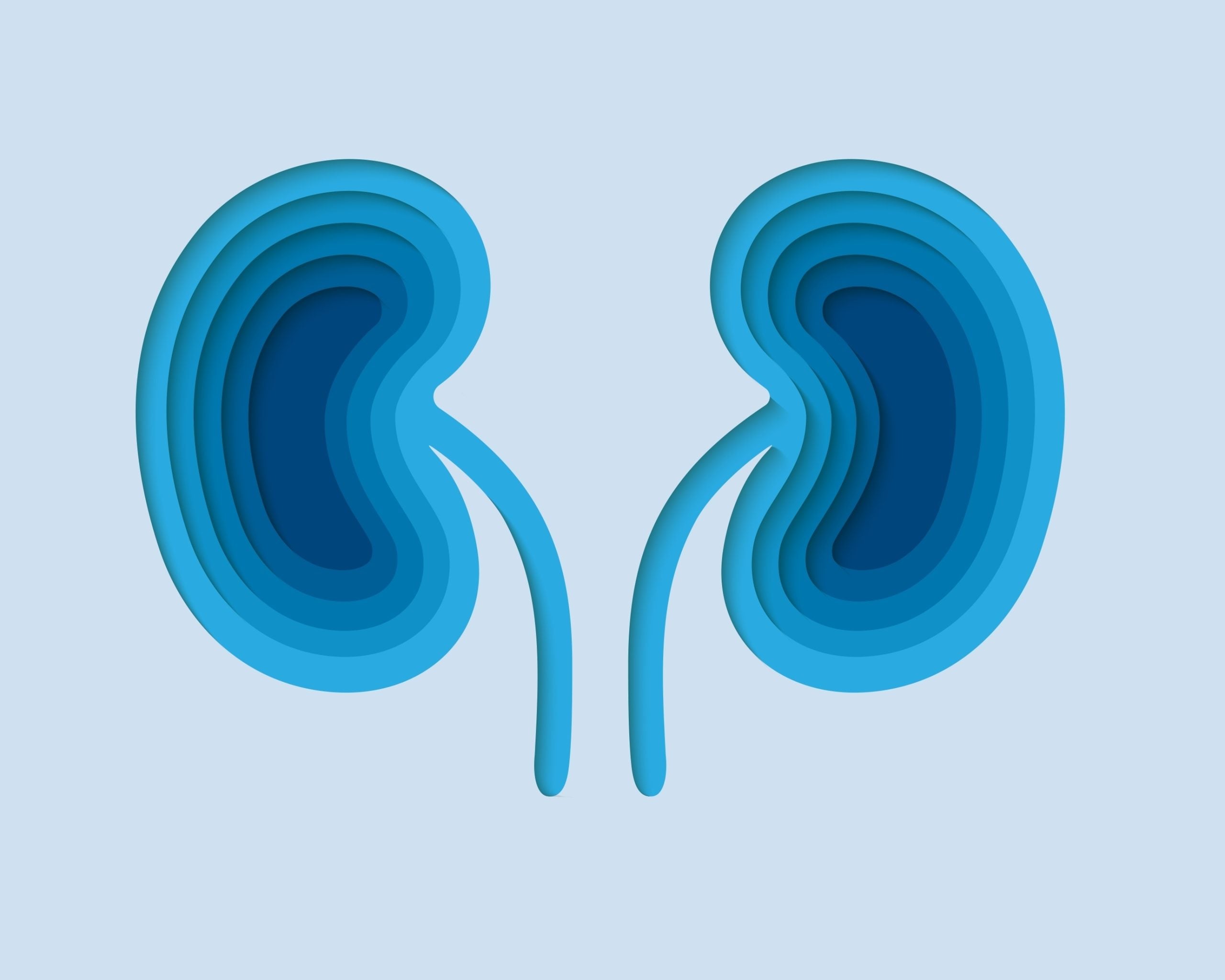
Xeltis has hit two milestones for its vascular access conduit, with one coming in the regulatory arena and the other in the device’s clinical journey.
The Dutch company shared that the US Food and Drug Administration (FDA) has granted breakthrough device designation to its lead product, called aXess, which will expedite the route to market. Manufacturers who gain this designation are eligible for enhanced interaction with FDA experts and prioritised review when the time comes for a regulatory submission.

Discover B2B Marketing That Performs
Combine business intelligence and editorial excellence to reach engaged professionals across 36 leading media platforms.
Whilst revealing the breakthrough win, Xeltis took the opportunity to reveal it had enrolled and treated the first patient in a pivotal trial with aXess. The trial is a prospective, single arm, multi-centre study evaluating the safety and performance of the device in adults with end stage renal disease who need dialysis. It is being conducted under an investigational device exemption granted in June this year.
Patients with end stage renal disease who undergo regular dialysis need a vascular access point – arteriovenous fistulas (AVF) are the preferred choice, but grafts or catheters can be used depending on a variety of factors. Around 3.5 million patients with end-stage renal disease are on long-term dialysis each year. Whilst fistulas are a reliable method that improves efficiency of haemodialysis, infections with bacteria such as Staphylococcus aureus and Staphylococcus epidermidis can take hold.
Xeltis’ aXess is a synthetic vascular access device that turns into a living blood vessel over time. It is a 6mm inner diameter tube made of polymer matrix which gradually becomes colonised with patient tissue cells. Xeltis says the device is designed to reduce infection and reintervention rates compared to existing arteriovenous rafts and to improve vascular access options in patients who are unsuitable for fistulas.
The vascular implant company has already reported positive 12-month data from a first-in-human European trial (NCT04898153) of the device. Out of the 20 patients enrolled, all demonstrated 100% secondary patency and 78% primary assisted patency at 12 months. The graft patency was defined as any flow through both the graft and the native vessel.

US Tariffs are shifting - will you react or anticipate?
Don’t let policy changes catch you off guard. Stay proactive with real-time data and expert analysis.
By GlobalDataXeltis’ CEO Eliane Schutte said: “This designation from the FDA is great recognition of the potential importance of our highly novel technology. We are also extremely proud that the first patient in our US pivotal trial has now been treated, and this clinical achievement provides us with significant momentum as we advance towards commercialization.”
Also in the vascular access space is Concept Medical, which won an IDE for its MagicTouch AVF device in April this year. Concept has designed a sirolimus-coated balloon to treat stenotic lesions that occur in patients undergoing haemodialysis. US-based Merit Medical reported positive six-month data in September from a trial investigating its endoprosthesis device. Merit Medical’s device, named WRAPSODY, is a cell-impermeable stent graft designed to extend long-term vessel patency in dialysis patients who require an AVF.





